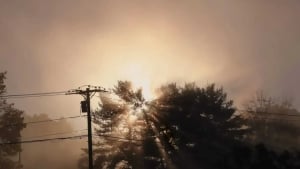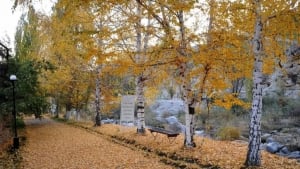
The Uzbekistan Hydrometeorological Service has announced the preliminary weather forecast for the winter season of 2025–2026. This was reported by Zamin.uz.
According to experts, this winter will generally be close to the long-term averages, but significant temperature fluctuations may occur on some days. Therefore, citizens and economic sectors are advised to prepare in advance.
**December** is expected to be relatively warm and variable. At the beginning of the month, nighttime temperatures will be around 0…+5°C, and daytime temperatures around +10…+15°C.
However, from the second half of the month, the weather will change sharply, with nighttime temperatures dropping from +2…+7°C to 0…–5°C, and daytime temperatures decreasing from +12…+17°C to +2…+7°C. Precipitation is expected to be at or slightly below normal levels.
**January** will see a gradual intensification of cold. At the beginning of the month, nighttime temperatures will vary from +3…+8°C to –3…–8°C, and daytime temperatures from +10…+15°C to –2…+3°C.
In the third ten-day period, the coldest phase of winter will begin, with nighttime temperatures dropping to –12…–17°C and daytime temperatures to –5…–10°C in most regions. In areas such as Nukus and Urgench, temperatures may fall as low as –20…–25°C.
**February** is expected to start with continued anomalous cold. Nighttime temperatures will be around –5…–10°C, and daytime temperatures around –3…+2°C.
In the second half of the month, the weather will warm up, with nighttime temperatures rising to –2…–7°C and daytime temperatures reaching +10…+15°C. In southern regions, temperatures may reach +15…+20°C on some days.
The amount of precipitation will generally be within normal ranges. Experts remind that seasonal forecasts are not exact guidelines and that weather conditions may change.
Additional information will be provided in case of severe cold, winds, and other adverse conditions. Therefore, citizens and representatives of economic sectors, including heating supply, agriculture, energy, and transport systems, are advised to take precautionary measures in advance.
Source: Hydrometeorological Service.







